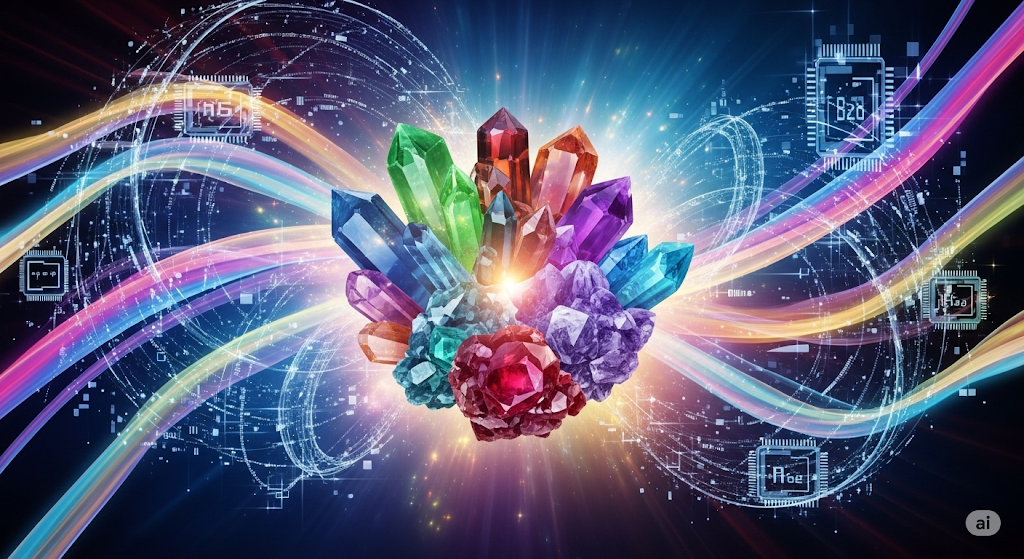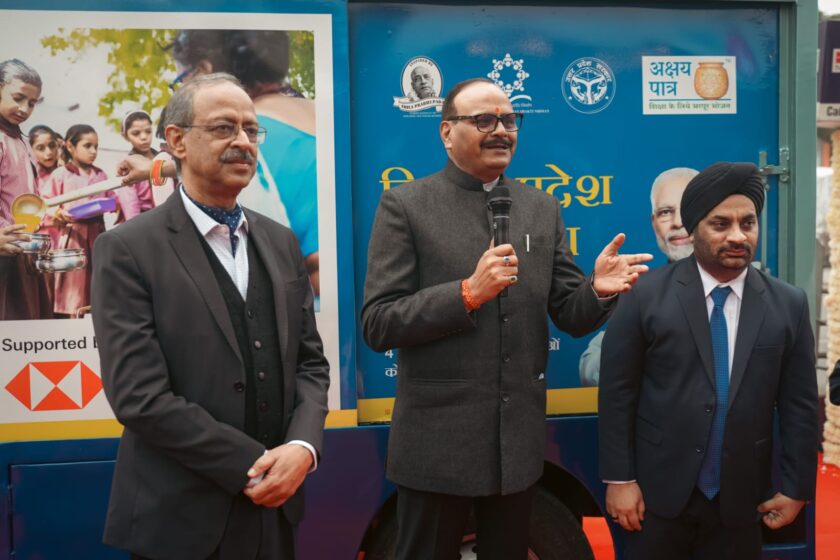Manoj Singh, Ex ACS UP Govt, Retd IAS
Lucknow: They power the magnets in your electric car, the turbines that catch the wind, the glowing pixels on your phone, and even the radar guarding national skies. These are Rare Earth Elements (REEs)—17 metals that are the lifeblood of the 21st-century tech revolution.
India may not yet be a global leader, but it is sitting on significant deposits of these elements. From Kerala’s coastal sands rich in monazite to hard rock deposits in Gujarat, Tamil Nadu, and Madhya Pradesh, the country’s geology promises a future where it could become a serious player in the global REE supply chain.
The stakes are high. With China refining more than 80% of the world’s REEs, India’s resources carry not just economic, but strategic weight. REEs are indispensable for electric vehicles, clean energy, defense systems, satellites, and advanced electronics—sectors where India is pushing hard to grow.
Yet, the road is steep. Extracting REEs is messy—radioactive by-products, complex processing, huge costs, and environmental risks make it one of the toughest mining challenges. Add to that strict regulations, limited refining infrastructure, and shortage of technical expertise, and India’s ambitions face a tightrope walk.

But change is stirring. IREL (India) Limited is scaling up operations, the government has tagged REEs as critical minerals, and partnerships with Australia, Japan, and the US are opening doors to new technology and supply routes.
The next big step? Building a domestic refining and manufacturing ecosystem that doesn’t just dig out REEs, but transforms them into high-value magnets, batteries, and components that power India’s green and digital leap.
India has the reserves. The world has the demand. What’s needed is vision, investment, and sustainable strategy—because in the race for the future, REEs aren’t just minerals, they are the currency of power.





